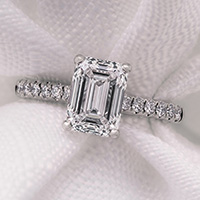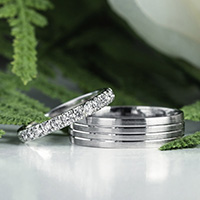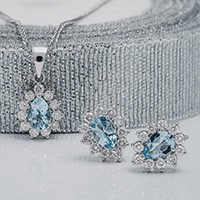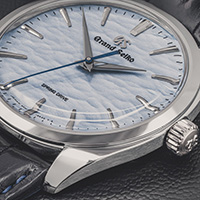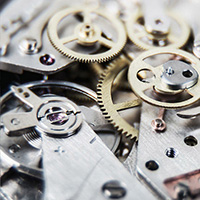A Guide To The Grand Seiko 'Snowflake' SBGA211
A mesmerising dial texture and groundbreaking movement made this Grand Seiko an instant fan favourite.
Most major brands have a poster child model or family series, and while many Grand Seiko models could claim to be their star, the Snowflake has been their most significant watch in the modern era.
At least, it seems that way for many of us, as when the Grand Seiko Snowflake of 2017 took hold, a palpable shift in the understanding of the Japanese watchmaker's potential took place. Before the Snowflake, Grand Seiko had been quite a niche manufacturer. They were rarely seen outside the domestic Japanese markets and, as such, remained a brand for the insiders. A Seiko-signed watch for noticeably more than most watches Seiko was known for typically required a little explanation of the importance of its 'Grand' name and why it carries so much weight. And then the Snowflake came along. With its extraordinary dial, the excellence of the brand's finishing was spotlighted, and once the watch was on people's wrists, the captivating nature of its dial paired with Spring Drive was difficult to resist.
Today, the Snowflake remains a cornerstone watch in Grand Seiko lore. Without it, we wouldn't have so many expressive dials. Numerous newly forged roads around the Japanese HQ lead back to the Snowflake. And with that in mind, I think it's time to dissect, evaluate, and explore the watch in more detail.
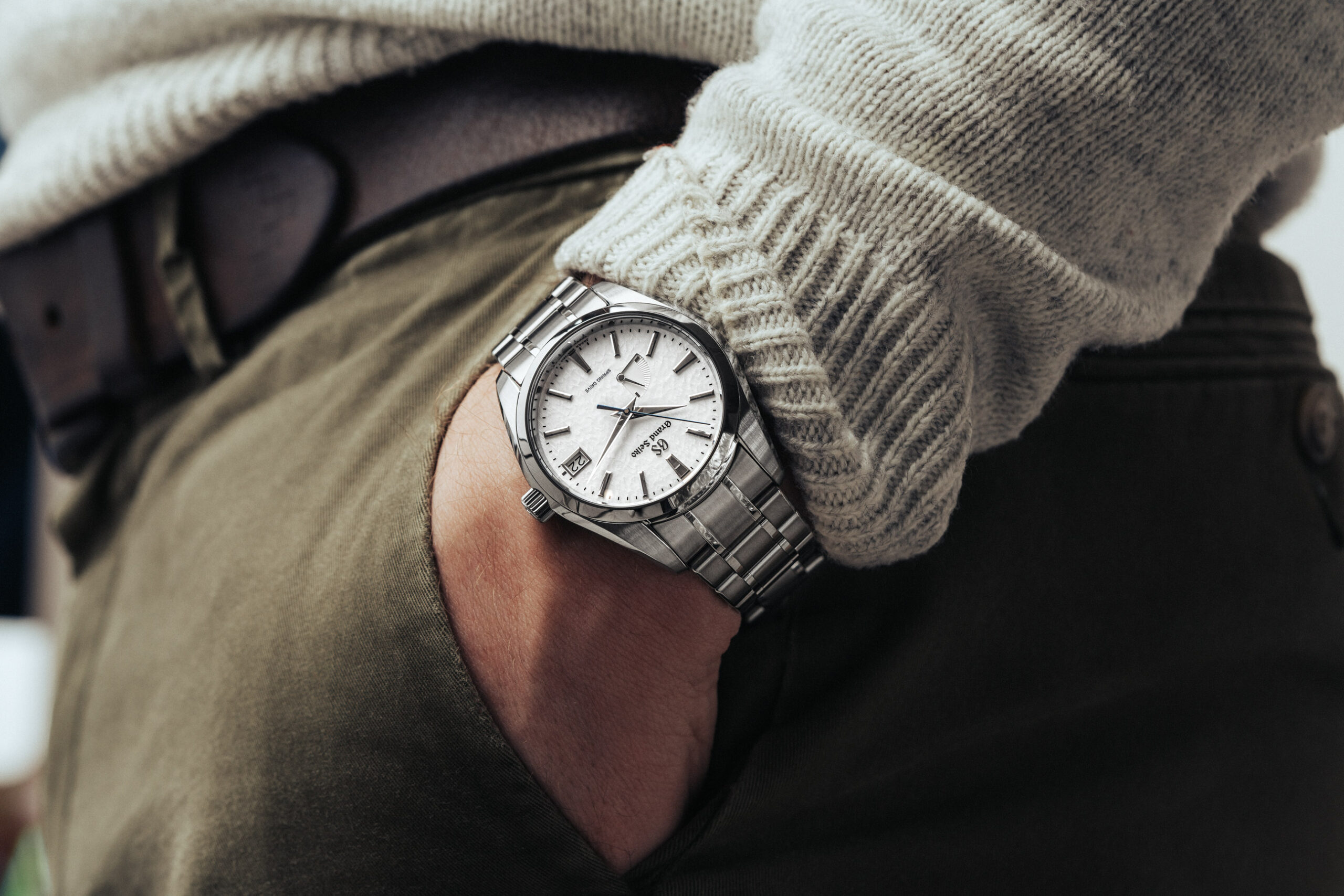
The Snowflake - How We Got Here
The Snowflake's story lays an easy-to-follow set of clues about why it's still widely regarded. Pre-2017, Grand Seiko was still a sub-brand of Seiko as a whole. While the watches themselves were vastly different and more superior to Seiko models, the dials still prominently carried Seiko's only branding at twelve, with 'Grand Seiko' being banished to the six o'clock position. It was a hard-fought graduation to get to the dial's top half. Still, thanks to it being freed from the Seiko umbrella and becoming its own independently run, organised, and structured entity in 2017, Grand Seiko began to take on a new life of its own.
The brand's European and US presence and following subsequently took off, and with the ever-developing online watch community, voices singing the brand's praises were reaching newer and larger audiences. It was also the same year that the Snowflake was re-released following the co-branded reference from 2010, the SBGA011. Dial signatures aside, the two watches are identical, with the unique textured dial, titanium case material, and movement tactfully remaining.
Much of the Snowflake's success comes down to its ability to encompass almost every element folks go crazy over Grand Seiko. A beloved, functional case material is used to deliver an unparalleled proprietary answer to the pitfalls of mechanical timekeeping (that's Spring Drive), with a characterful dial complete with flawless finishing throughout – all wrapped up in a daily wear-friendly package.
The Famously Finished Case

Possibly more than any other competing watch at its price point, the devil of a Grand Seiko is undoubtedly in the details, and the Snowflake has many of them.
From the very top, the SBGA211 measures 41mm in width with a case thickness of 12.8mm and a lug-to-lug of 49mm. Forged from Grand Seiko's proprietary 'high intensity' grade 5 titanium (an alloy stronger than steel but also 30% lighter), the round case is incredibly comfortable, surprisingly versatile in proportions, and carries a brushed and polished finish. And that lightness is truly noticeable on the wrist. It's designed to be worn every day, and boy, is it good at it. Also of note is that it's grade 5 titanium, making it more resistant than other grades commonly found with its competitors.
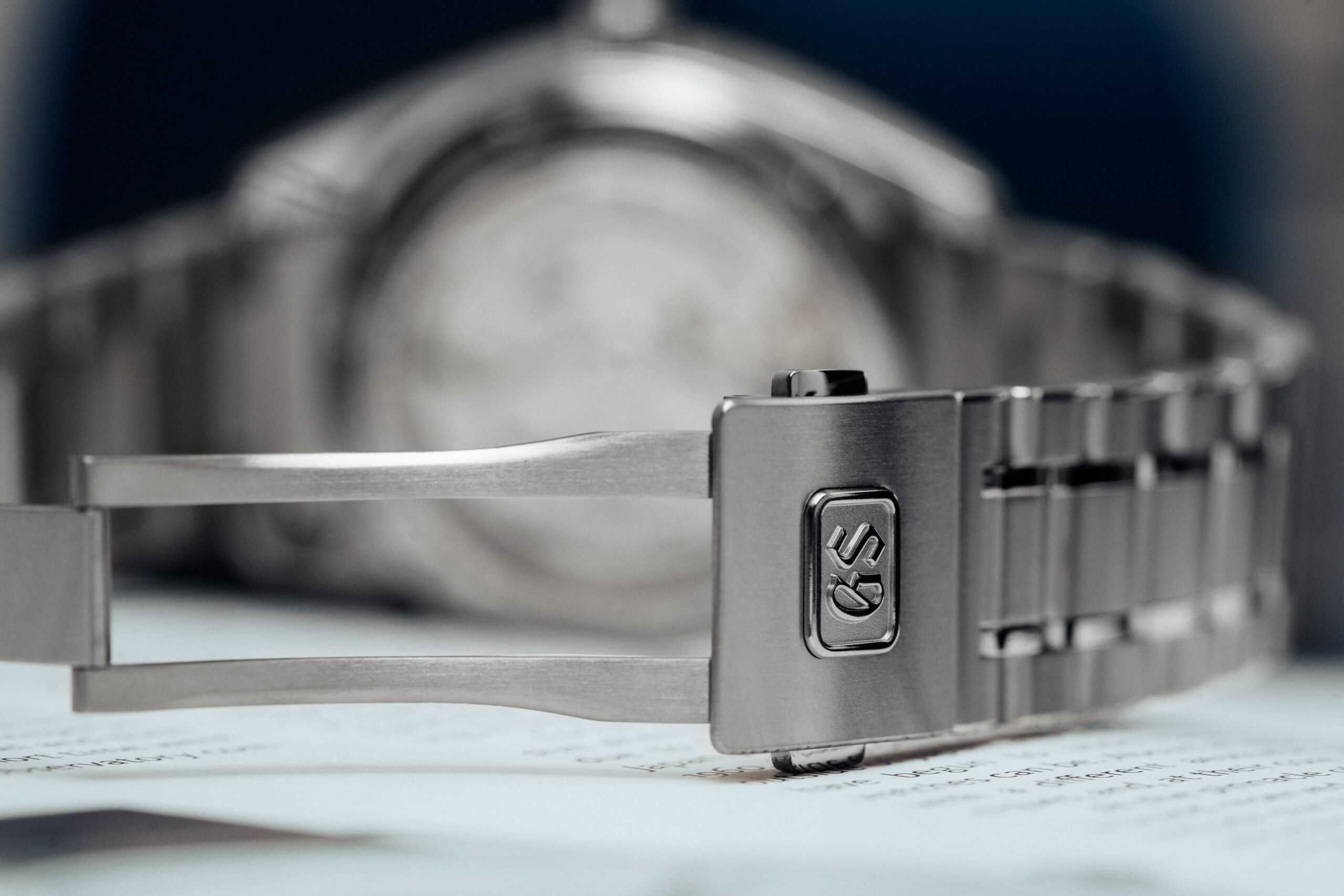
Now, this is one of the first key traits of the Snowflake and the brand as a whole: they sure do know how to finish a watch. Using a technique known as zaratsu polishing, the watch features accents of high polishing throughout its bezel, case body, and bracelet. Completed by hand – 'zaratsu' derives from a Japanese transliteration of a German name, 'Sallaz', which can be traced back to the Swiss company Gebrüder Sallaz, which in the 1950s produced a polishing machine that Seiko acquired. The goal is to achieve a flawless, mirror-like finish with sharp, well-defined edges – think black polishing, and you've got it.
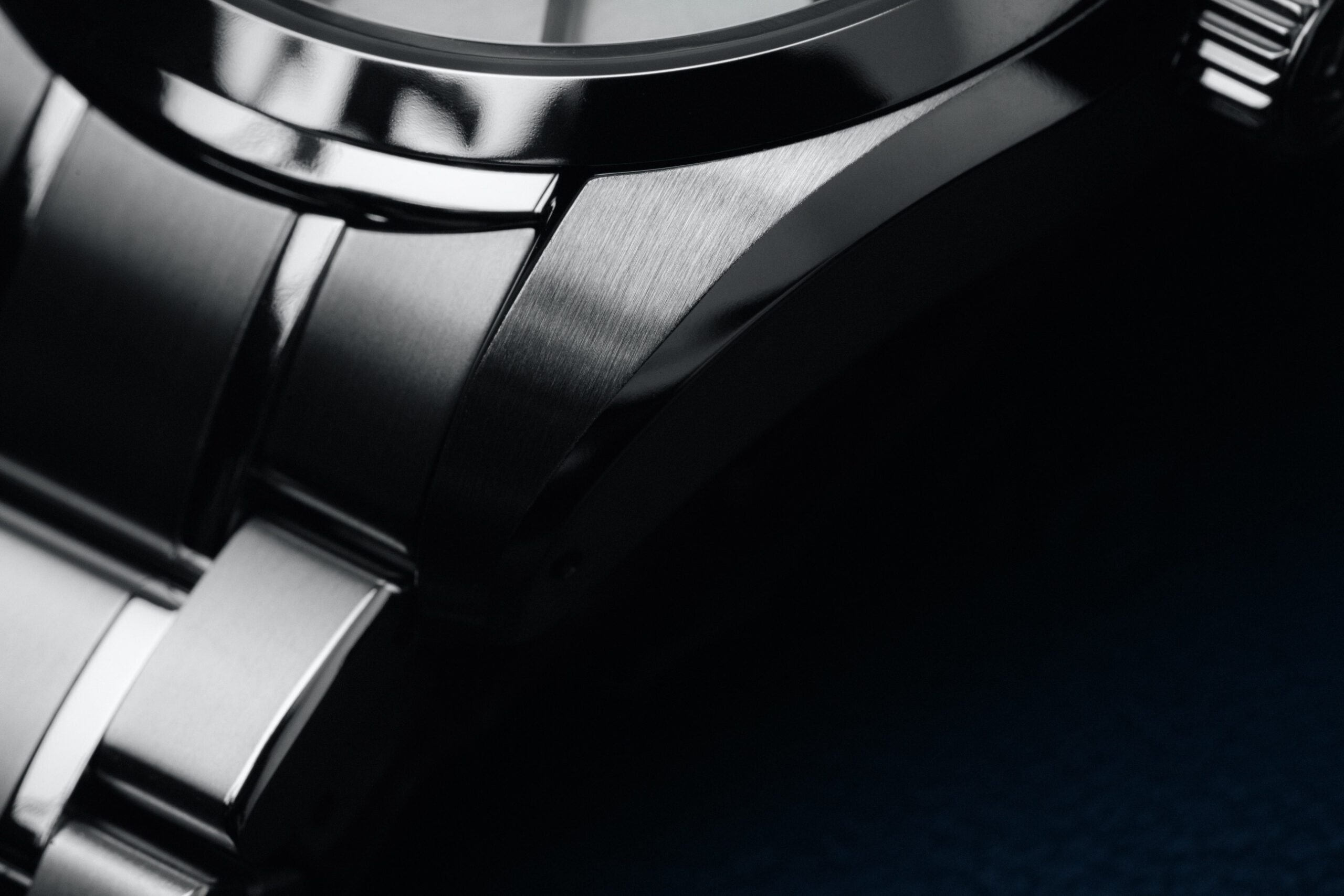
Of equal intrigue is the brushing of the Snowflake. Everywhere you don't see high polish, you see a deep and defined vertical brush grain running the length of the watch that's most noticeable from a top-down view, and therein lies the excellence of Grand Seiko's finishing and contrast. It's not an exaggeration when myself and many others say that this level of finishing is simply not found with the Snowflake's competitors, let alone watches a couple of price points above it.
Oh That Dial

The star of the Snowflake show is, of course, that dial. Said to recall the snowfall on the Hotaka mountains surrounding the Shinshu Watch Studio in Japan's Nagano Prefecture, the dial of the SBGA211 is amazing yet quite subtle in the flesh. The best comparison or likeness is to a traditional linen dial you might find on pieces from the '70s and '80s; a linen dial 2.0, if you will. The appeal of the dial base is split into three categories: the surface pattern, the depth, and the colour.
Now, the pattern gives off a randomised appearance that doesn't strike you right away as much as the dial furniture (more on that later). Combine this pattern with the fact it's not consistently flat base but rather variable, and you'll start to understand the uniqueness of its execution. And then there's the colour. While the dial may appear white based on the images accompanying this article, it's actually more of a bright silver. Along with the pattern, this is achieved by a silver plating process that amalgamates into a dial that, once on the wrist, is almost impossible not to stare at.

If the sea of Snowflake isn't enough, the dial furniture of the SBGA211 is outstanding, and it's all thanks to two familiar words: zaratsu polishing. Multi-faceted and raised, the deadly sharp baton markers are so incredibly defined they can often appear quite confusing. Due to the mirror finish of each flat edge that comprises each marker, they jump out of the dial and meet the eye with far more assertiveness than other dials. A white window aperture at three keeps track of the date, and while purists may prefer a sans date execution, the placement of the window is right at the edge of the dial, allowing for maximum view of that snowy surface.
The dauphine hands are a similar story. Rather than other hands of this style that are visually sliced down the middle and angled as such, the Snowflake's hands are flat on top with a heavy tapering bevel. The hands are commanding, remarkably legible, incredibly sharp, and, above all else, simply stunning. A power reserve indicator at 7:30 features a hand with a matching design before a wonderful heat-blued hand tracks the seconds at a perfectly smooth rate. Curious how it's so smooth? Well, that's our next topic.
The 9R65 Spring Drive
Powering the SBGA211 is a Grand Seiko calibre known as the 9R65 Spring Drive, and it's quite a special thing. First conceived in 1978 by a Seiko engineer called Yoshikazu Akahane, Spring Drive is the outcome of a pursuit to create an 'everlasting watch'. A quest that took 20 years to realise. So, what is Spring Drive? Well, it's a hybrid movement that combines mechanical watchmaking with the technology of quartz. It addresses the most delicate and important part of mechanical watchmaking (the escapement) and replaces it with the most technically impressive aspect of battery-powered watches (the quartz tuning fork) without needing a physical battery. The history of Spring Drive, how it works, and why it matters is a lengthy article in itself, so rather than going into it today, I've written that details everything you need to know about Spring Drive and how it works.
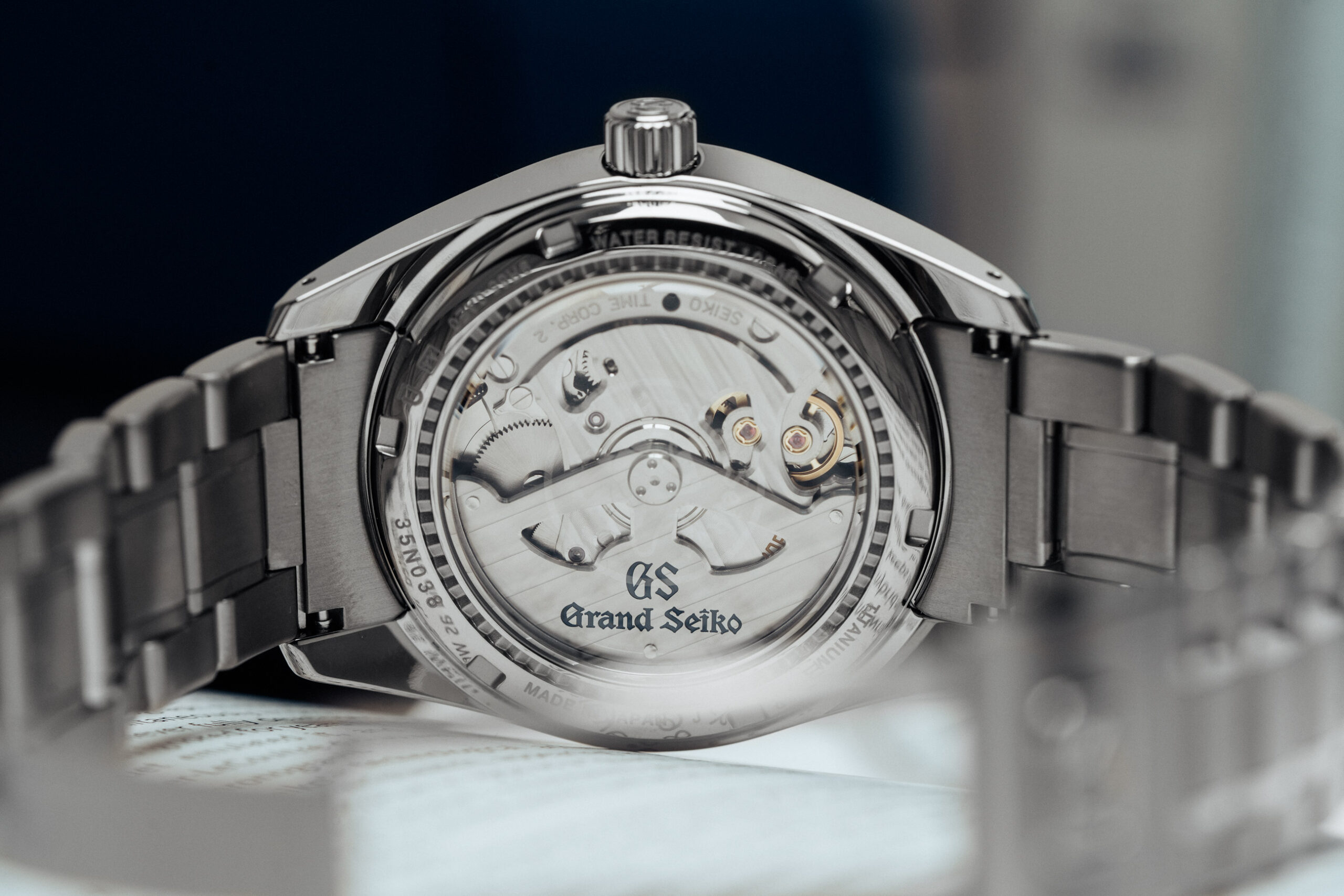
The 9R65 is a longstanding Spring Drive calibre from Grand Seiko; in fact, it's the first, debuting in 2004. Celebrating its 20th birthday this year, the movement is no less brilliant despite its age, with striped bridges, lovely interior anglage, and the continuation of zaratsu polishing all being visible through the display caseback. The movement has 72 hours of power reserve, comes in with 30 jewels, and achieves an accuracy of ±1 second per day.
Other Grand Seiko Snowflake Models & Inspirations
While the SBGA211 and the precursing SBGA011 will always remain the OG Snowflake, a few other models have since borrowed and riffed the dial texture, including the SBGA259 of 2017. Known as the 'Golden Snowflake', this reference keeps everything the same apart from one key element: golden hands and markers. The 'Skyflake' or 'Blue Snowflake' of 2019 is the next most recognisable edition, with the 40mm steel SBGA407 leaning a little more dressy in its appearance. As its name suggests, the icy blue hue takes over the frosty Snowflake dial within the Elegance collection. Similarly, the SBGX353 keeps the dial colour and texture of the SBGA407 but brings it down to 34mm and is powered by their brand's 9F61 quartz movement. For even smaller wrists, the STGF359 returns to a white dial, as the 4J52 quartz movement powers this 28mm petite Snowflake. I'm all for brands releasing watches in the full spectrum of sizes without compromising or heavily modifying their nuanced core appeal. And finally, in 2019, for the 20th anniversary of Spring Drive, Grand Seiko pushed the boat out and presented the SBGY002. A yellow gold case and dial furniture give a fresh look to the detail of the Snowflake dial. At 38.5mm with a manually wound Spring Drive calibre (9R31) and no date, this reference is one for the purists.
It's worth mentioning the impact the Snowflake has had and the freshly laid ground it has since played a part in breaking. The 'Shunbun' SBGA413 with its subtle pinky tinge has a dial texture similar to the Snowflake but more closely emulates a free-flowing motion. But perhaps the closest relative of the Snowflake is the 'White Birch' SLGH005, which carries a textured tree bark-like texture.
The Snowflake ran so other references could run even faster, and all these years later, it remains capable of giving the newer releases a real run for their money.
Shop the Grand Seiko 'Snowflake' SBGA211G here.
 Basket
Basket

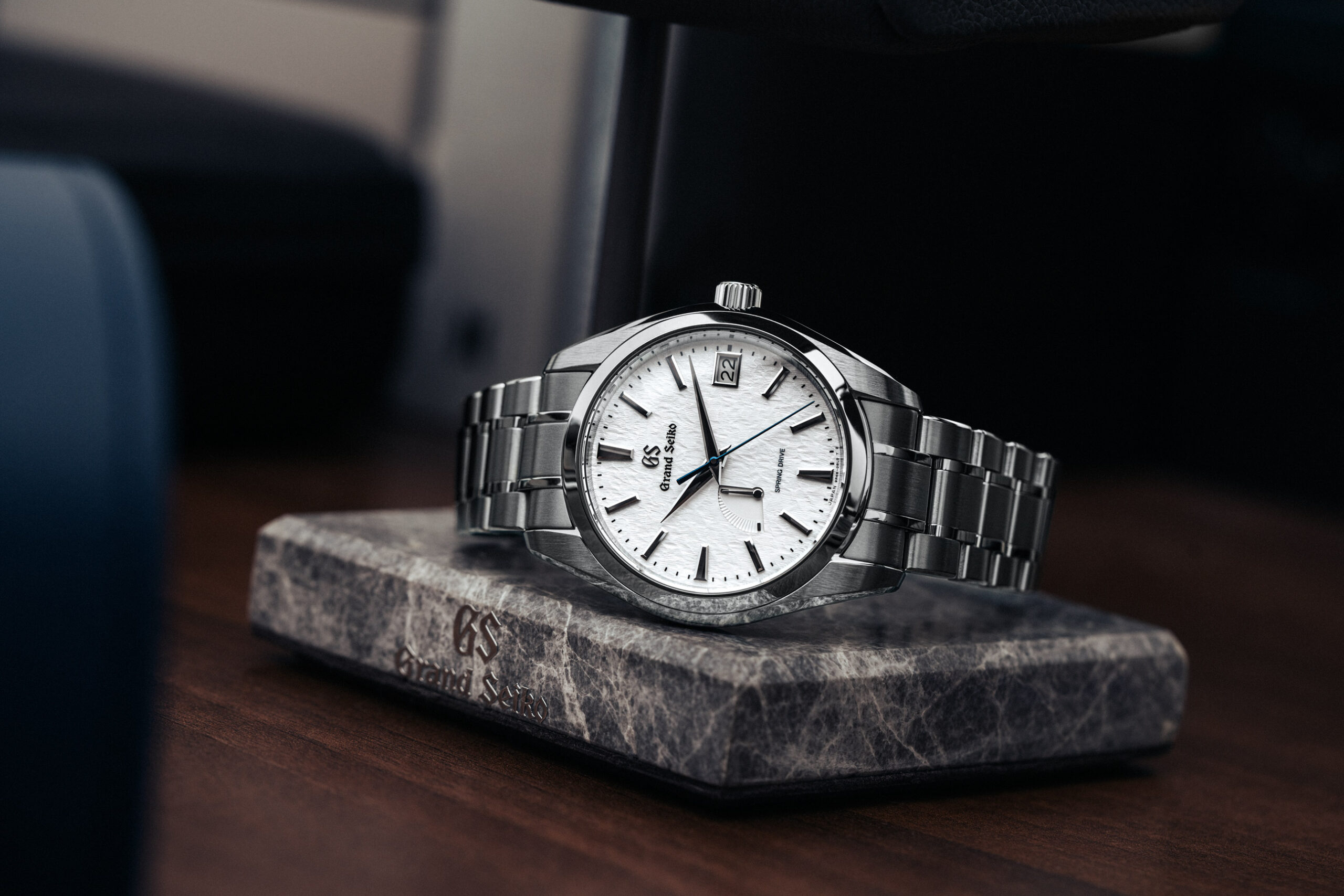


 Back to top
Back to top 0141 221 5855
0141 221 5855 Send us an email
Send us an email






 Secure payment methods
Secure payment methods


